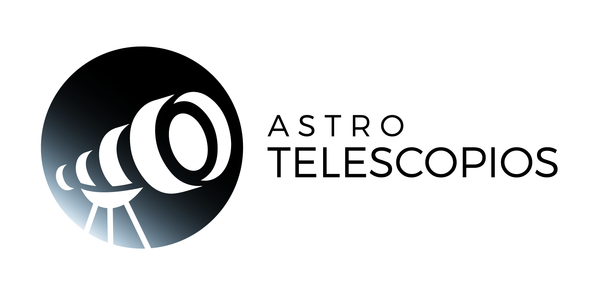
Nishimura (C/2023 P1), the new comet that is visible with a beginner telescope
On August 12, 2023, while people were enjoying the Perseid meteor shower, a Japanese amateur astronomer, Hideo Nishimura, saw a small diffuse dot in his 30" images made with a 200mm lens and a Canon 6D. That was a comet.
Comet Nishimura (C/2023 P1), named in recognition of its discoverer, is approaching Earth. Today it is visible with small telescopes and in a few days also with 7x50 or 10x 50 binoculars .
The perigee, that is, the closest point to our planet, is expected to occur on September 13, at a distance of 0.85 AU (1 astronomical unit = the distance between the Sun and the Earth). On September 18, it will reach perihelion, its closest approach to the Sun, and will "graze" our star at a distance of 0.22 AU.
Where to find C/2023 P1 (Nishimura)?
At the beginning of September it could be observable with binoculars. To locate the comet you will have to look just before the sun rises. You can see it very close to the horizon. For example, about 10º above the horizon to the East on September 5, and only 2º on September 10 when it will finally have a magnitude that could be seen with the naked eye if you are away from light pollution.
Below is the trajectory of the comet to make it easier for you to find it in the sky:
- August 27: C/2023 P1 (mag 7.7, elong. 34.9°) enters the constellation of Cancer ⬇️

- September 6: C/2023 P1 (mag 5.0, elong. 27.7°) enters the constellation of Leo ⬇️

- September 7: C/2023 P1 (mag 4.6, elong. 26.3°) passes 0°6' from the star Ras Elased Australis (mag 3.0) in the constellation Leo ⬇️

- September 10: C/2023 P1 (mag 3.6, elong. 21.2°) passes 0°33' from the star Adhafera (mag 3.4) in the constellation Leo ⬇️

- September 13: C/2023 P1 (mag 2.4, elong. 15.5°) reaches its closest approach to Earth at a distance of 0.85 AU and passes within 1°38' of the star Zosma (magnitude 2 ,6) in the constellation of Leo (from this date it is somewhat more difficult to observe the comet, so it is not recommended for a beginner).
- September 15: C/2023 P1 (mag 1.7, elong. 12.7°) passes 0°6' from the star Denebola (mag 2.1) in the constellation Leo.
- September 16: C/2023 P1 (mag 1.4, elong. 12.1°) enters the constellation of Virgo.
- September 18: C/2023 P1 (mag 1.2, elong. 12.2°) reaches perihelion in the constellation Virgo.
- September 22: C/2023 P1 (mag 2.3, elong. 14.0°) passes 1°23' from the star Porrima (mag 2.7) in the constellation Virgo.
Small telescopes with a magnitude limit of 11 are suitable for observing this comet. This means that with a basic refractor telescope with a 60 mm aperture, such as the Omegon Starter Telescope with a 60/700 aperture . If you want to improve the experience, contact us and ask for advice.
But that's not all, in October and November it will be visible again, however it can only be observable with a telescope.
